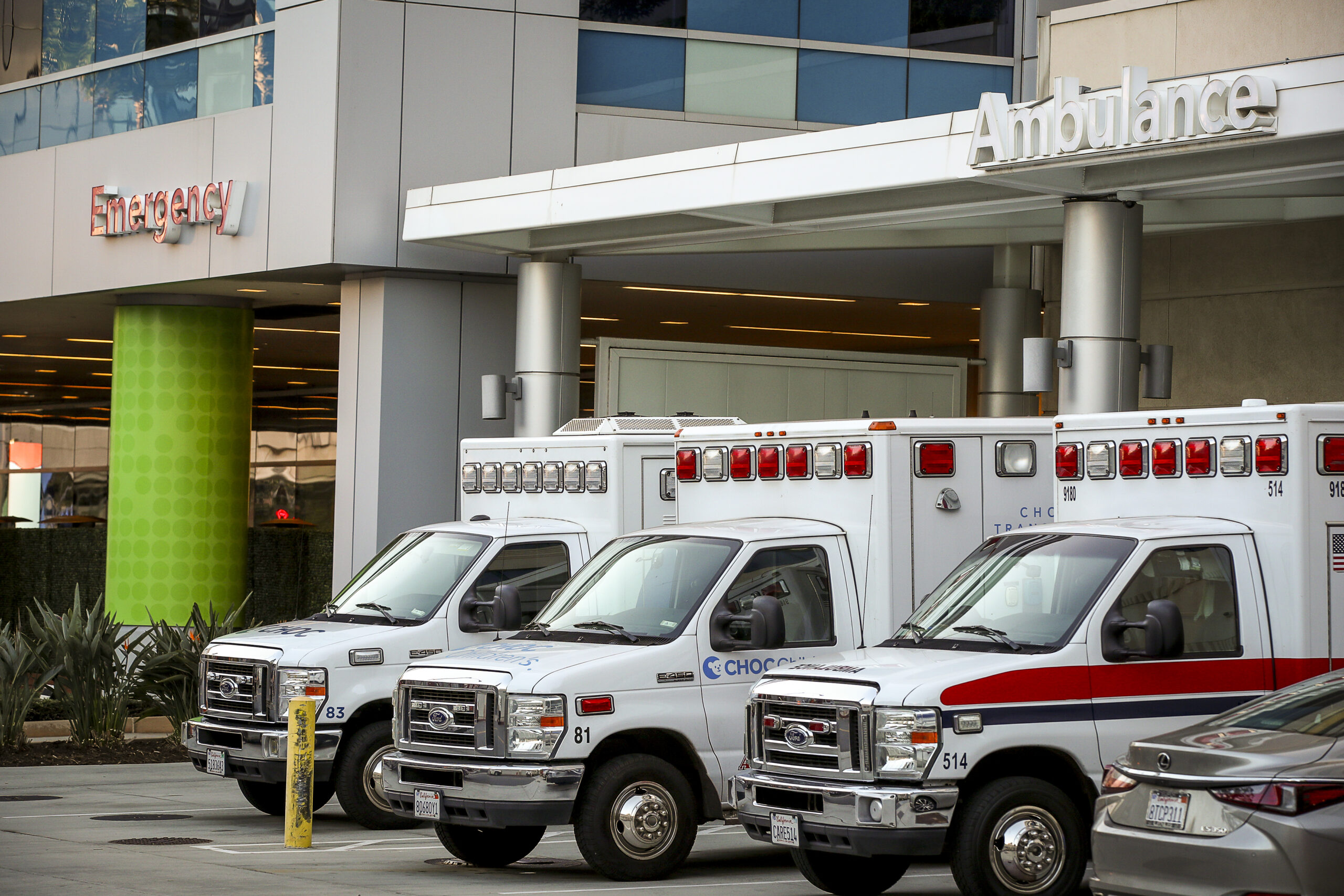
www.theamericanconservative.com
What I Learned at the Mayo Clinic
Culture
What I Learned at the Mayo Clinic
Real privilege is being able to buy time.
(Allen J. Schaben/Los Angeles Times/Getty Images)
Here’s how good these people are: I was technically dead for awhile as they stopped my heart to connect it to a pump device like that used on the late Dick Cheney so they could work on me undisturbed. (Perhaps unrelatedly, during the procedure I conceived a strange desire to invade Wyoming.)
Some time ago I was a patient at the famous Mayo Clinic in Rochester, Minnesota. The place is like a theme park for healthcare. It is physically larger than two Midwestern football powerhouse universities and employs 40,000 people across its facilities in Rochester alone (never mind at satellites in places like Phoenix). The impression is that you can get anything fixed, literally whatever ails you, and I was here myself for a serious heart problem.
The world I lived and briefly died in is what real privilege looks like; this is what semi-wealthy people (or those with decent insurance like me) spend their money on when the grandkids are too old for Disney and the old folks are too full for the all-you-can-eat on some cruise line. You buy health. You buy more time.
The attitude here is “we can fix it,” though no one would be so crass as to use a simple marketing tag line around the GOAT of hospitals. Instead, the staff here work every problem to the bone. (Sorry, you have to keep your sense of humor through these things.)
My heart condition had previously been treated at two less-known hospitals in New York City, and you can tell the difference. For example, at Mayo the staff needed some data quickly from my hometown doctor, and his fax machine was down. (FYI: Never mind all the technology, doctors love to fax things to each other. There is still this odd niche market for those old machines the size of dishwashers.)
Nonetheless, the quickest way around the problem of my doctor’s busted 1995 Fax-o-Matic was to email the data to the Mayo duty nurse’s account, after which she would print it, and time travel with it to the doctor who needed it on paper in the 21st century.
Yeah, I hear you, no big deal. But as an example it sings Mayo—identify a glitch, find a creative solution if needed, have someone take personal responsibility, and solve the problem. If every business worked this way, it would be 1962 again in a very good way. Knowing that work attitude was behind the hands inside my chest was reassuring. You get what you pay for.
It wasn’t all fun. Immediately after my six hours of open-heart surgery, I was a prisoner of the intensive care unit. I was intubated to help me breathe but because of the same could not speak. My hands were restrained to prevent me from knee-jerk pulling out the tube. I literally could not move or cry out. The moment—wake-up, panic, restraint, inability to speak—is terrifying.
However, in what no doubt started as a goodwill gesture to calm me down the nurse turned on the TV—to Colbert. I felt like Alex from A Clockwork Orange, immobilized, as imaginary antifa madmen spooned therapeutic drops into my pinned open eyes to keep me from looking away. I couldn’t say anything. I refused the blue pill in favor of a bright yellow one that took away all sensation below the nose and got me blearily through the rest of the schedule.
Healthcare is waiting. Yet despite this no one is just hanging around. It gives the place an intensity. It must be a helluva place to work—for me, maybe too much emotion, too much real drama as lives play out. Maybe like an airport in the old days before rage took over as our travel companion. You start to hear “They said I can go home” as the sweetest words, besting the here-ambiguous “I love you” which often stands in for difficult goodbyes.
You start to get to know the people around you in an odd way. You hear things, apologies, thanks, a father mumble about regards (or was it regrets?). People hug in public, not a Midwestern thing generally, but here OK. There are often tears in the waiting parties’ eyes, held back as one partner heads off behind the double doors with a stranger to surgery. Here’s the end of many a long road of visits and testing. The men’s treasured military ball caps, sporting words like “Airborne,” “Republic of Vietnam,” and ship names, betray they were not always so broken.
It is in the end not a place that promotes conversation. There doesn’t seem to be much incentive to talk to each another as fellow patients, so you ask over and over again of the nurses where they’re from, how long they’ve been working here—those kinds of first-date issues until everybody sort of knows the answers.
My part of the hospital seemed to have older men as heart patients, at least 5:1 over women. The wives pushing the heavy hospital wheelchairs in from the drop-off cul-de-sac, after their husbands emerged from Ford Fusions like astronauts climbing out of Apollo 12, did not smile. They looked lost and scared. They looked at one another, as if whatever they had done in life had not prepared them for this as one of many interim points.
I failed to strike up a real conversation with anyone. I was turning to them for unrealistic refuge and no one could be in a giving mood. While I was at Mayo it was unusually warm weather with sharp sunny afternoons, but it stayed cold in each other’s shadows.
If the fellow patients you might like to talk to are off limits, so are the people who do hard work pushing the mops and picking up medical trash, sharps, stuff wet with body fluids. You wonder what they think about having immigrated from the country where they started out life at a disadvantage now that they’re on the golden streets of America cleaning up after us. If Trump really wanted to stop illegal immigration, he probably need do very little other than show videos of what jobs are ahead if someone makes it past la migra.
This is not a Yelp review of Mayo, though I was cared for superbly. Right at this moment I actually feel awful, not because of anything other than the healing process being long and slow; nature objects to people spelunking around inside your chest cavity for a couple of hours. You take each event, some pain, a positive prognosis, in context. It’s like evaluating a disagreement over dinner in a marriage for someone who says “I’ve been hitched six months” versus for one who says “We just celebrated our 50th.”
The real currency is pain, and what you’re purchasing at Mayo is time. The goal is, one of the better doctors said, adding life to years, not just years to life. And so a long view is needed even when your body is demanding everything about you be in the short term. You need to understand all these passing things are simply part of a much larger picture difficult to get a hold of.
The ones that really make you think are the children’s cardiac unit patients down the hall. These are mostly kids too young to tie their own shoes but who are getting open heart surgery because they were born the wrong way. Their rooms are decorated with Mickey Mouse, but nothing can really make something like this seem joyful amid 60- and 70-year-old men hunched over their walkers and other 4-year-olds playing dully on their beds nearby.
Perspective? It’s all borrowed time, kid. It’s one thing when they say to a man my age it’ll give you another 10 or 15 good years; it’s another when you look down and see the cardio unit children who haven’t even had their first good 10 or 15 hear the same thing.
The post What I Learned at the Mayo Clinic appeared first on The American Conservative.












